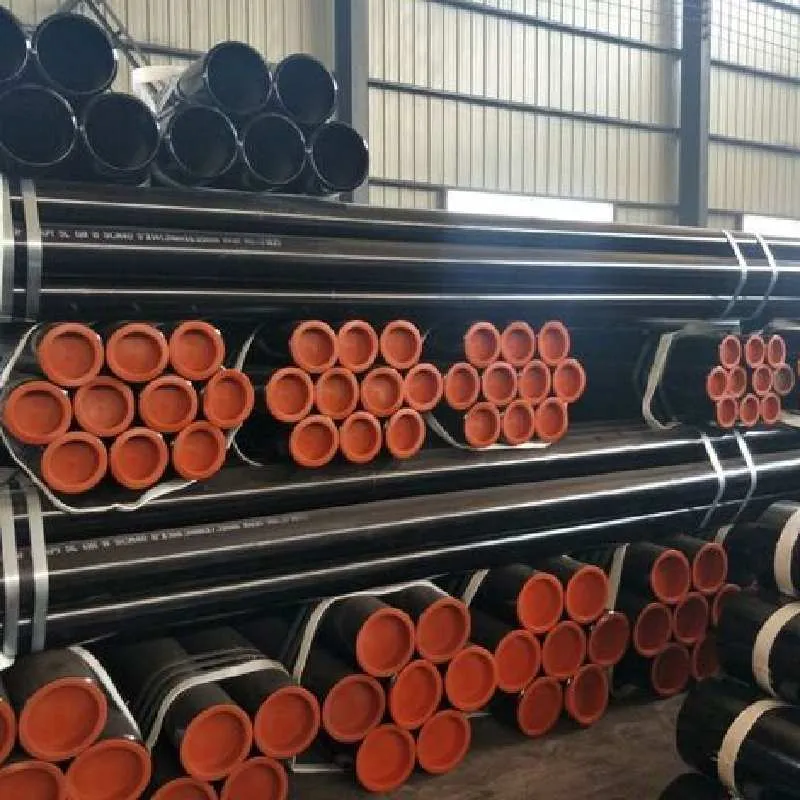-
Cangzhou Yulong Steel Co., Ltd.
-
Phone:
+86 13303177267 -
Email:
admin@ylsteelfittings.com
- English
- Arabic
- Italian
- Spanish
- Portuguese
- German
- kazakh
- Persian
- Greek
- French
- Russian
- Polish
- Thai
- Indonesian
- Vietnamese
- Zulu
- Korean
- Uzbek
- Hindi
- Serbian
- Malay
- Ukrainian
- Gujarati
- Haitian Creole
- hausa
- hawaiian
- Hebrew
- Miao
- Hungarian
- Icelandic
- igbo
- irish
- Japanese
- Javanese
- Kannada
- Khmer
- Rwandese
- Afrikaans
- Albanian
- Amharic
- Armenian
- Azerbaijani
- Basque
- Belarusian
- Bengali
- Bosnian
- Bulgarian
- Catalan
- Cebuano
- China
- China (Taiwan)
- Corsican
- Croatian
- Czech
- Danish
- Esperanto
- Estonian
- Finnish
- Frisian
- Galician
- Georgian
- Kurdish
- Kyrgyz
- Lao
- Latin
- Latvian
- Lithuanian
- Luxembourgish
- Macedonian
- Malgashi
- Malayalam
- Maltese
- Maori
- Marathi
- Mongolian
- Myanmar
- Nepali
- Norwegian
- Norwegian
- Occitan
- Pashto
- Dutch
- Punjabi
- Romanian
- Samoan
- Scottish Gaelic
- Sesotho
- Shona
- Sindhi
- Sinhala
- Slovak
- Slovenian
- Somali
- Sundanese
- Swahili
- Swedish
- Tagalog
- Tajik
- Tamil
- Tatar
- Telugu
- Turkish
- Turkmen
- Urdu
- Uighur
- Welsh
- Bantu
- Yiddish
- Yoruba

Aug . 29, 2024 16:35 Back to list
Different Types of Flanges Used in Piping - A Comprehensive Guide
Flanges play a crucial role in the piping industry, providing a reliable means to connect pipes, valves, and other equipment. They enhance the integrity and stability of piping systems, ensuring efficient operation in various applications. There are several different types of flanges, each tailored to specific functional requirements and operating conditions. Understanding these variations is essential for selecting the right flange for any project.
One of the most commonly used flanges is the weld neck flange. This type includes a long tapered neck that facilitates a smooth transition from the flange to the pipe. Weld neck flanges are ideal for high-pressure applications as they provide greater strength and leak resistance. They are typically used in the oil and gas industry, as well as in chemical processing plants.
Another widely utilized flange is the slip-on flange, which is designed to slip over the pipe’s end. This design makes installation simple and cost-effective. While it offers a lower resistance to pressure compared to weld neck flanges, slip-on flanges are suitable for a variety of applications, including water supply and drainage systems.
Blind flanges are utilized when a section of piping needs to be sealed off. They have no opening in the center and are bolted onto the piping system, providing an effective barrier against fluids and preventing leaks. This type of flange is commonly used in situations where further inspection or future system modifications may be needed.
different types of flanges used in piping

Socket weld flanges and threaded flanges are also notable. Socket weld flanges are designed for small diameter pipes and provide a strong welded joint. Conversely, threaded flanges are used for ease of installation in low-pressure systems, as they can be easily screwed onto the pipe.
Finally, Lap Joint flanges are designed to be used with a stub end, which makes them versatile for applications requiring frequent disassembly. They are often used in conjunction with pipes carrying corrosive substances.
Selecting the appropriate type of flange depends on several factors, including pressure ratings, temperature conditions, and the nature of the fluids being conveyed. Each type serves unique functions, promoting safety and efficiency in piping systems. By leveraging the right flanges, industries can maintain operational integrity, minimize downtime, and extend the lifespan of their piping networks. Understanding the characteristics and applications of these flanges is vital for engineers and technicians alike, ensuring optimal system performance.
Latest news
-
ANSI 150P SS304 SO FLANGE
NewsFeb.14,2025
-
ASTM A333GR6 STEEL PIPE
NewsJan.20,2025
-
ANSI B16.5 WELDING NECK FLANGE
NewsJan.15,2026
-
ANSI B16.5 SLIP-ON FLANGE
NewsApr.19,2024
-
SABS 1123 FLANGE
NewsJan.15,2025
-
DIN86044 PLATE FLANGE
NewsApr.19,2024
-
DIN2527 BLIND FLANGE
NewsApr.12,2024
-
JIS B2311 Butt-Welding Fittings LR/SR 45°/90° /180°Seamless/Weld
NewsApr.23,2024











